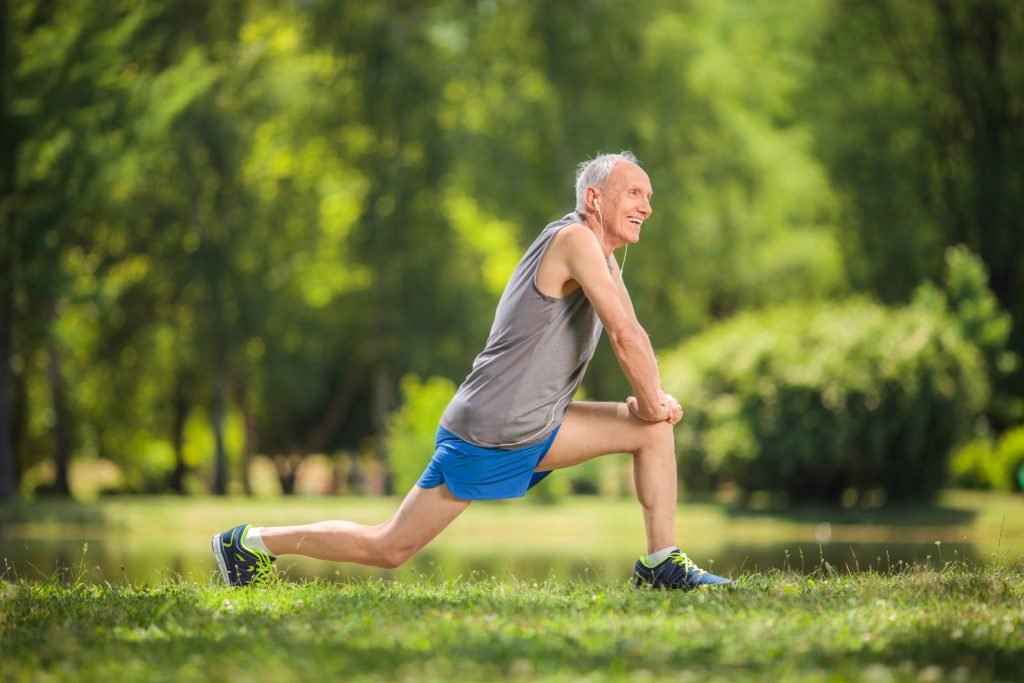The Influence of Regular Exercise Effect on the Cardiovascular System in the Elderly
The Influence of Regular physical exercise has long been acknowledged as a fundamental pillar of good health. Its benefits extend across various age groups, but its impact on the cardiovascular health of older individuals is of particular interest. In this article, we will explore a recent study that delves into the effects of regular physical activity on microcirculatory functions and plasma antioxidant capacity in elderly athletes compared to sedentary controls. We’ll also discuss the associated molecular and epigenetic mechanisms and their implications for cardiovascular health in aging individuals.
Section 1: Regular Exercise and Cardiovascular Health
Aging is an inevitable biological process that can give rise to a range of physical and mental health issues, with cardiovascular diseases being one of the most prevalent concerns. Within this context, arteriosclerosis and endothelial dysfunction stand out as significant manifestations of vascular aging. These conditions are closely linked to various cellular and molecular mechanisms, including endothelial cell senescence, reduced nitric oxide bioavailability, redox imbalance, and oxidative stress.
Section 2: The Role of Regular Physical Activity

Recent evidence suggests that regular physical activity has the potential to delay many of the mechanisms associated with aging and age-related endothelial dysfunction. However, while the health benefits of exercise are widely acknowledged, the precise molecular mechanisms that underlie these benefits in older athletes and the elderly population remain a subject of ongoing research.
Section 3: The Study
The study under consideration involved 36 long-distance runners in the athlete group (ATL) and an equal number of healthy sedentary controls (SED). The participants were screened for cardiovascular diseases and related risk factors, ensuring a baseline of good health among both groups. Microcirculatory efficiency and endothelial function were assessed using laser Doppler studies, while plasma samples were collected to measure relevant biomarkers, including sirtuin-1 (SIRT1), nitrate, and nitrite.
Section 4: Results and Discussion
The study’s findings revealed notable differences between the two groups. While skin microcirculation was similar at rest, the athlete group exhibited significantly improved hand and foot blood flow in response to various stimuli, indicating enhanced microcirculatory efficiency and endothelial function. The athlete group also demonstrated higher plasma concentrations of nitric oxide and increased plasma antioxidant capacity, pointing to improved redox balance.

Furthermore, the study’s results highlighted significant differences in key epigenetic markers, including SIRT1 and microRNA miR29, as well as mRNA PGC-1α. These markers play vital roles in cellular metabolism and redox pathways, and their upregulation in the athlete group suggests a positive influence of regular physical activity.
The study also identified correlations between clinical parameters and biochemical markers, reinforcing the relationships between microcirculatory efficiency, antioxidant capacity, and epigenetic regulation.
Pumpkins Nutritionally The Orange Gem of Autumn”
Section 5: Conclusion
In summary, the research underscores the potential of regular physical exercise to delay endothelial dysfunction associated with aging. By improving plasma antioxidant capacity, regulating redox signaling, and enhancing nitric oxide bioavailability, exercise may help prevent endothelial cell senescence and maintain cardiovascular health in older individuals.
It is important to note that while this study provides valuable insights, further research with larger and more diverse samples is necessary to corroborate these findings. Additionally, a deeper understanding of the intricate interplay between regular exercise and aging on cardiovascular parameters is essential for advancing our knowledge in this field.
Conclusion:
Regular physical exercise remains a powerful tool for promoting cardiovascular health, particularly in the elderly population. This recent study sheds light on the positive impact of regular physical activity on microcirculatory functions, plasma antioxidant capacity, and relevant molecular and epigenetic mechanisms. While more research is needed to solidify these findings, the evidence suggests that exercise can be a key factor in delaying cardiovascular aging, contributing to healthier and more vibrant golden years
